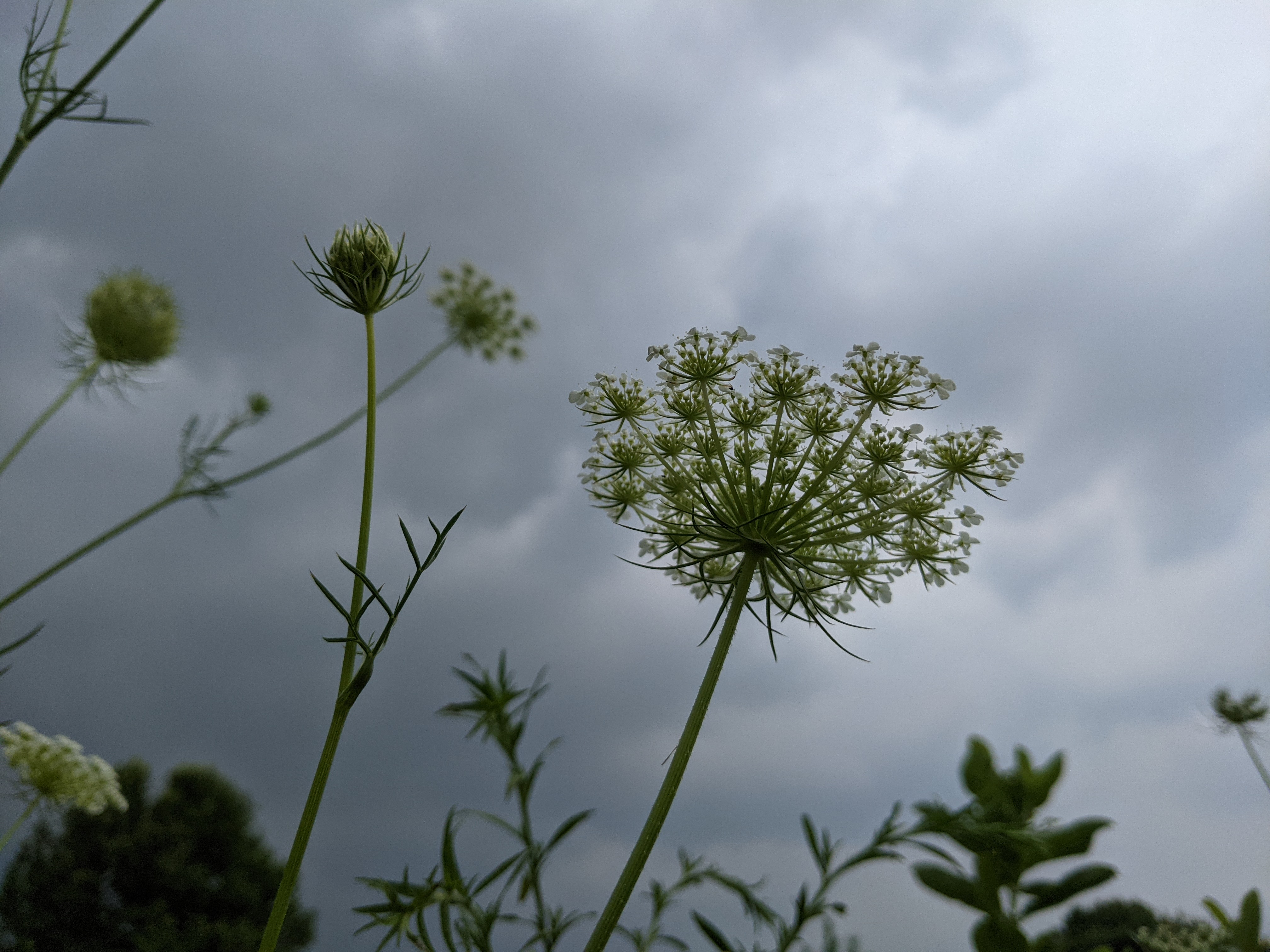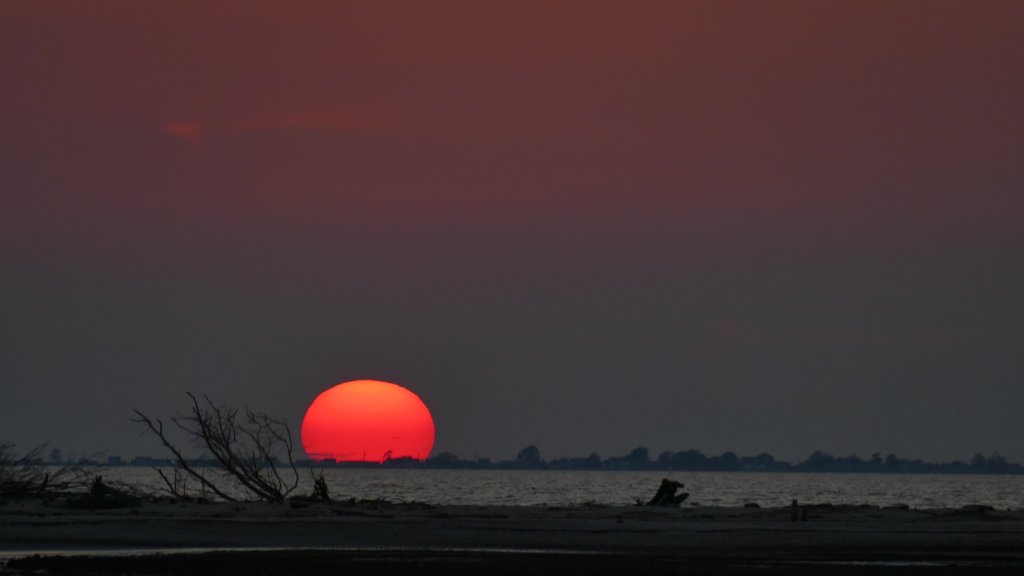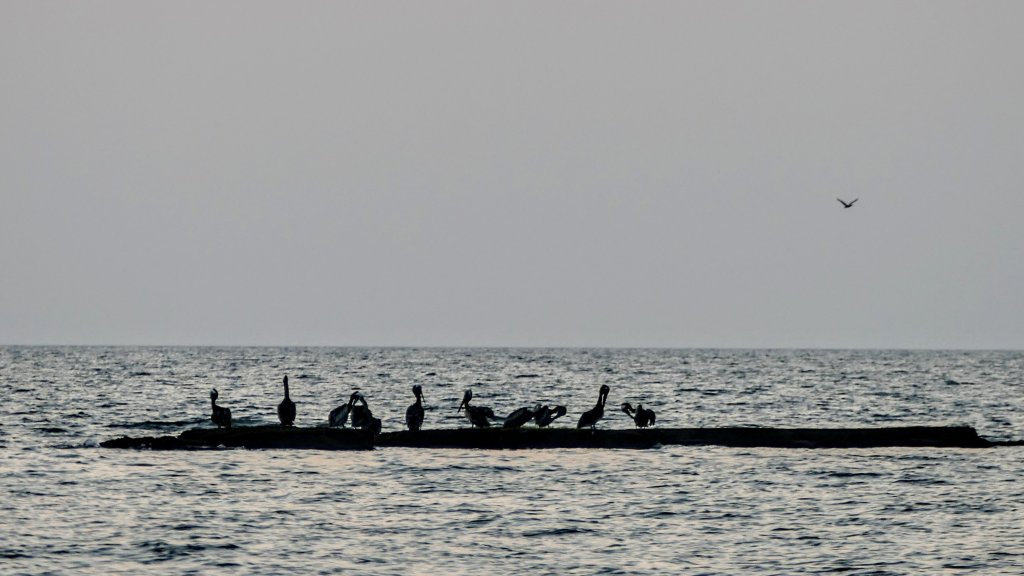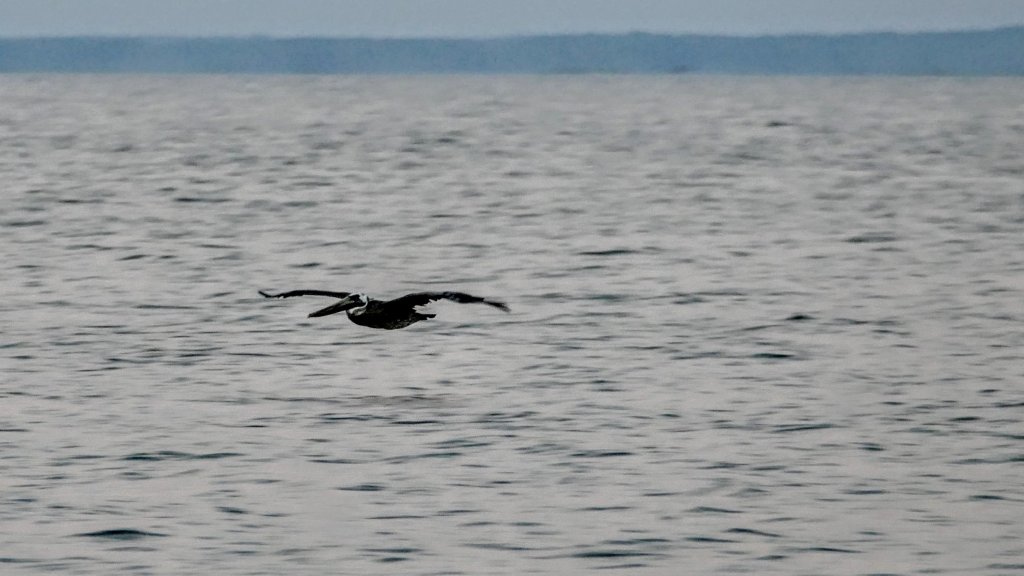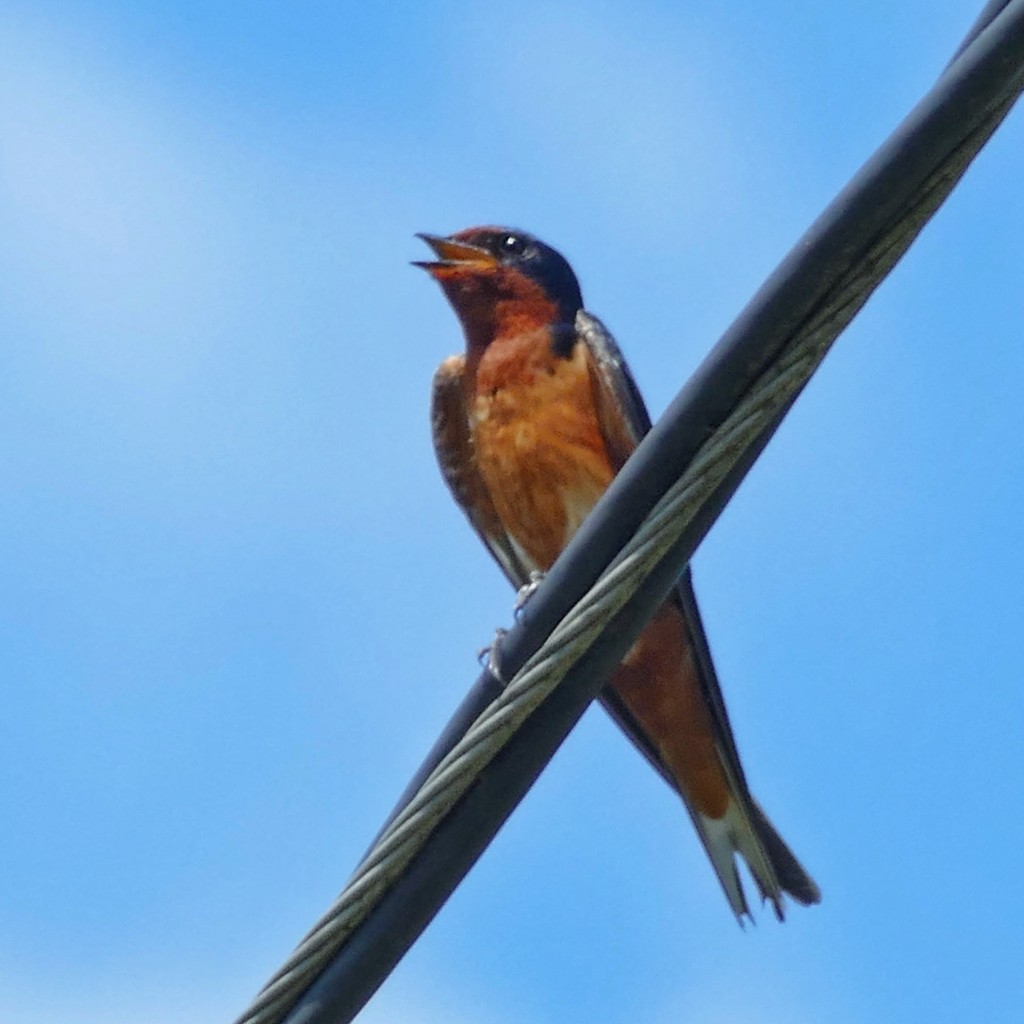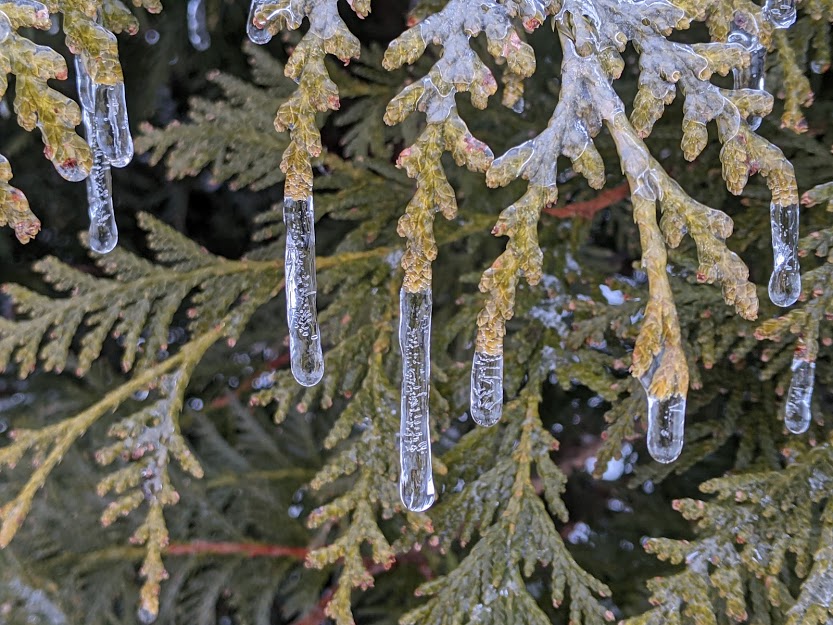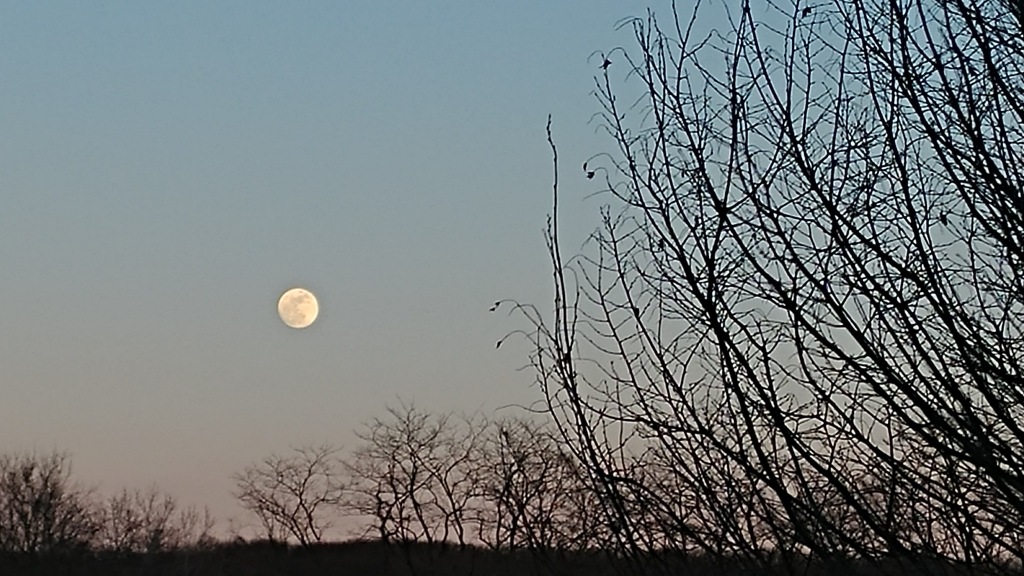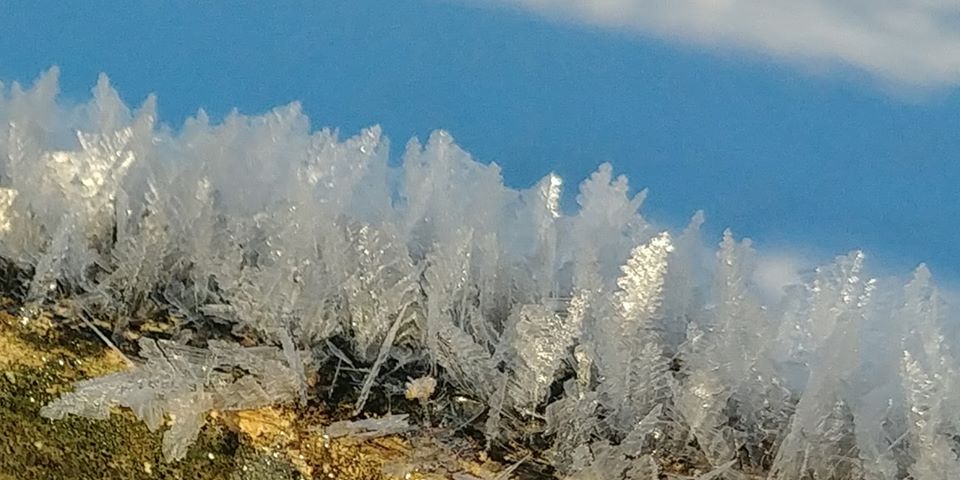
Looking through my recent photographs, I see that I’ve been trying to see from different perspectives this summer. Lots of looking up through things, looking at the back of things, extreme close ups. Views from the perspective of what the thing I’m photographing is looking at, or would be looking at if it had eyes. I’m tired of my own point of view. I’m tired, period. Tired of all the things. My approach to work looks like my high school approach to term papers: wait until the last possible minute for no good reason and then cram in everything I need to do that felt overwhelming but turns out not to be hard at all, except for the adrenaline rush of the almost-missed deadline. I am getting chores done – all humans and animals are fed and reasonably cleaned up after, bills are paid. I listen to podcasts sometimes, but that’s basically a chore, and I spend much of my podcast-listening time composing rebuttals to whatever the person I’m supposed to be inspired by said that annoyed me.
What I’m not getting done is non-chores. What do we call that – fun? Creativity? Relaxation? I’m not listening to music. I’m not writing. I don’t even want to read. I mean, not really, because that’s crazy talk, but I’ve been rereading rather than reading new books. Which is fine, and something I always do somewhat, but for at least the last six months if not a year, I have read hardly any new books, which is unusual. Unusual isn’t a strong enough word. I did read a new book this week (thank you, Laura Lippman, for always being able to keep my attention), and in it the writer who is the main character is talking to his editor, who says that if he ever sees certain words in the writer’s manuscript he will know it’s a secret message to alert him that the writer is in trouble. In his case it was words like limn, or saying good things about Wuthering Heights. In my case, “I don’t want to read” is pretty close to that kind of cry for help.
Not that I am being held hostage, other than the way we all still feel one degree or another of stuck at home these days, and the fact that I can’t seem to make myself stop looking at social media even while declaring how much I hate it (and I do, increasingly, hate it). There are things I haven’t done for a year and a half that I don’t miss at all (any form of public transit), and there are things I have very mixed feelings about not doing (work travel), and things I have been grateful for (not having to respond to invitations to – well, anything).
Now that I think of it, this one book that held my attention is, in many ways, about perspective. As I was reading it, I thought “This doesn’t sound like Laura Lippman.” Then I noticed she was writing in third person, but a very close third that had made me think for a while it was first person, so basically she’s writing in third person but more or less from inside her main character’s point of view. But then I realized that maybe it’s another character’s view of the main character’s point of view. And then someone else came into the picture. It sounds needlessly complicated, but it reminds me of how things are right now (or maybe always). Most things that are being presented as objective are anything but. Perspectives are skewed but no one wants to look at any other perspective, or at their own bias. My way of dealing with that seems to be to decrease my intake even more, and now I’m basically hibernating. Or estivating, as I once heard it called when it’s a summer time rest, and even if that’s not a real thing I still like the word, and the idea that there may be a name for it in every season.
What I miss most isn’t even a thing, it’s a feeling: joy. Being around my dogs brings me something like joy, but it’s closer to peace. Same with the horses. I don’t know what people do who don’t have animals in their lives. Animal perspective is the best perspective, if I’m looking for other views: views of time (always now), of what matters (staying alive, dinner, belly rubs, ear scritches), of staying home (the pack is together!).
Last week Rose and I decided to make a getaway. We went to the beach for the first time in we actually can’t remember when. Four years? Six? We were only away for a few days, and mostly we sat and relaxed. On the second day, we took advantage of staying with an Airbnb host who does boat tours, and we went out with him for a sunset boat ride. If I can’t remember the last year I went to the beach, I can’t even recall the last decade in which I was on a boat. We were staying on a creek that connects to the Chesapeake Bay, and in order to get where he wanted to take us – to a disappearing island that is used by many kinds of birds as a nighttime resting spot, and in time for sunset – our host had to put the hammer down. I can’t promise Marie Kondo that anything in my closet will ever spark joy, but speeding along the water in a place where we could not see the shore in any direction, with the wind and water spray all around us – well, that not only sparked joy, it lit the whole damn fire.
Our last day we went back to the ocean. In addition to seeing an endless stream of my beloved pelicans, we also saw a big pod of dolphins, complete with little dolphin babies doing leaps and flips. But mostly we alternated swimming and sitting, as one does at the beach. I love how the beach – any beach – is so full of memories. General memories, specific memories, pleasant and not so pleasant memories – somehow all of them are good memories now. The smell of olive oil, which my father used as tanning lotion. Playing in the sand and the water with my sisters. Diving off my father’s hands into a wave. The disorientation of misjudging a wave and getting tumbled upside down and raked by sand. Singing and practicing cartwheels and handstands, both in and out of the water. Holding hands with my daughter to run and dive into the cold waves. Relaxing on the quietest beach I have ever been to with Rose, while we caught up on lost sleep after the first six months of our first adorable but exhausting puppy.
The thing about a beach is that even if it’s a beach I’ve never been to, it brings up memories of every beach I HAVE ever been to, every friend and family member I have spent beach time with, every boardwalk and arcade and cold wave and sand castle and morning donut and afternoon pizza slice, every sand dollar and conch shell and dolphin leap and pelican dive.
The thing about a beach is that even if it’s a beach I have been to a million times, it’s a brand new beach every trip, every day. No matter what kind of dredging and jetty building and sea grass planting and sand importing we humans try to do, the sea and the weather will have their way with the coastline, which changes every day – sometimes large, and sometimes small, but always changes.
The thing about the beach is the thing about life. It’s always familiar and full of memories, at the same time it’s always new and changing and completely out of my control. The joy, though – the joy is always there, when I am ready to reach for it again.



